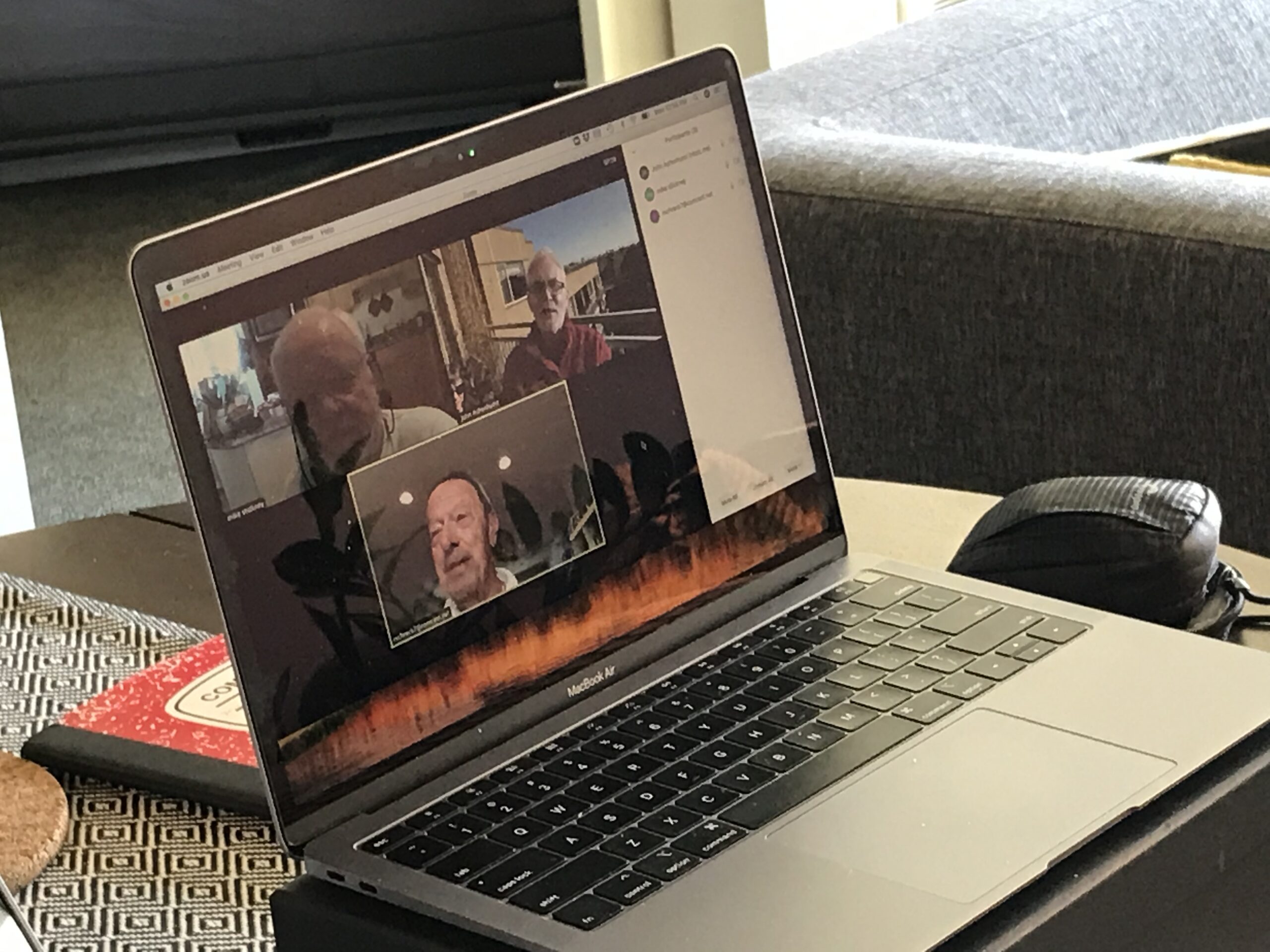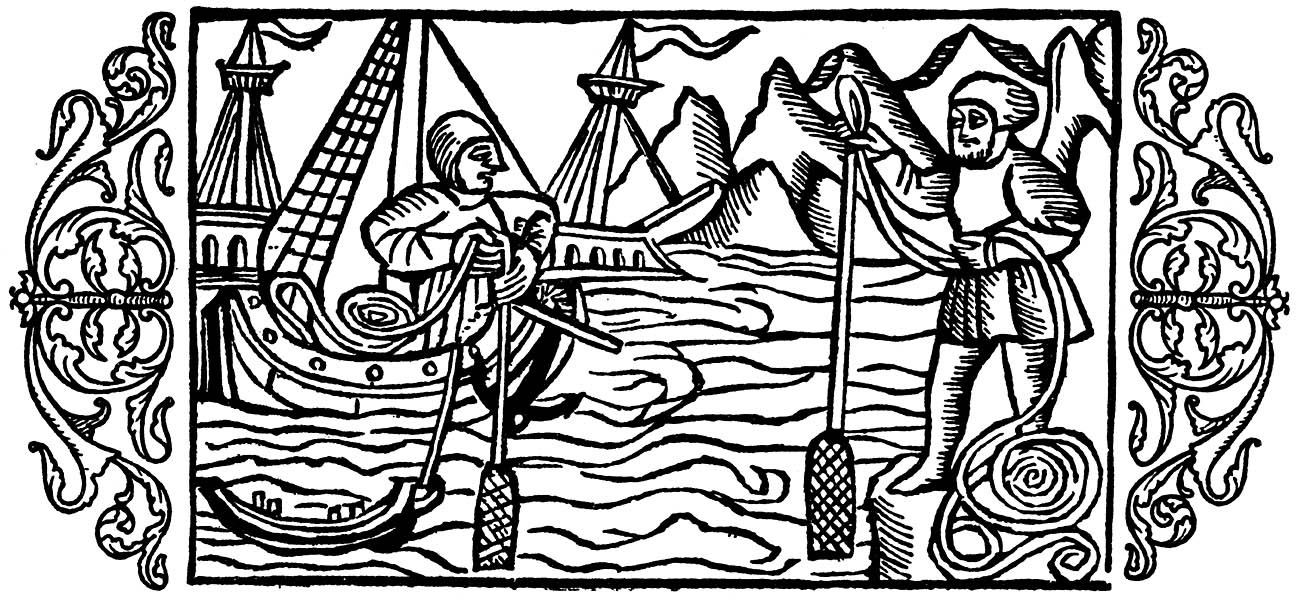You’re getting older. You’ve had some interesting experiences. Maybe you’ve learned something you want to share. Or maybe you want to understand how your life became what it did; was it the result of a series of accidents, careful planning, the expression of your character?
Sometimes family dinners or reunions are an occasion to share. But what if you have more to say than fits the time allowed or exceeds the interest of your listeners? Or what if you’d like your reminiscences available to generations yet unborn?
People sometimes write memoirs. In his 80’s, my Great-grandfather, John Johnson Ashenhurst, wrote his as a series of newspaper articles called “Recollections of an Octogenarian” and my parents, Jim and Elin Ashenhurst, assembled them into a book that included historic photos. Pretty nice.
Here’s another approach.
When Covid-19 made us housebound and like others we discovered Zoom as a way to visit friends and family, two high school classmates and I began to Zoom weekly; well past three score and ten, it would be a way to share the stories of our lives.
We’d known each other for more than 60 years but had corresponded and seen each other infrequently, so we had a lot to tell and ask about. Our stories would emerge through extended conversation.
Technology
If we wanted to limit ourselves to 40 minute sessions, we could have used Zoom free but I wanted longer sessions and would be using Zoom for other purposes too (friends, family, book group, as well as life story sessions) so it made sense to get a Pro subscription to Zoom ($14.99/month).
I wanted video recordings of the life story sessions and could do that with the Pro subscription but I wanted to have text transcripts as well. The Zoom Business subscription provides transcripts at no extra charge but requires at least ten host subscriptions each paying $19.99/month, not an option for me.

Video to text transcriptions can be expensive when done professionally but the Otter.ai online Premium service ($9.99/month) provides up to 100 hours of automated transcriptions for Zoom files, tracking speakers and allowing online editing to clean up mistakes. Having text is especially valuable because you can word search to find a section you want to copy/paste into another document or just to help recall specifics about what a participant said. Otter.ai isn’t perfect but it’s good enough, without any editing, to serve my purposes.
Each week I upload our recorded life story session (90 to 120 minutes) to YouTube as a private video and have YouTube send links in emails to my friends. I also upload the videos from my computer to Otter.ai, download the finished transcripts about an hour later and send then as email attachments to my friends.
Altogether a pretty simple way to create useful records of our conversations that would otherwise be lost.
Process
Wanting our conversations to have some organizational structure, to add up to something, I suggested we follow a time line. In the first session we talked about our parents, grandparents, and their lives, in some cases why and how they came to the U.S., what they did for a living, family cultures, struggles (the Depression, World War II, early deaths), all the time looking for what might have affected the formation of our values and goals.
We spent a number of sessions working our way up to high school graduation in 1961. At that point we had identities that would play out in the larger world of higher education, dealing with the Vietnam War draft, and marriage, taking us to the end of the 1960s.
Besides carrying on decade by decade (70’s, 80’s and so on) talking about work, family, and sometimes divorces and new spouses), we sometimes focused on specific topics, for instance how we had each separately found a home in a Unitarian-Universalist congregation.
Remembering, Research
Sometimes it’s not easy to recall what happened 50 or 60 or more years ago, to remember what happened in what order, names, places, and times, so before each session, knowing more or less what we’d be talking about (subject and/or period) I made notes of what I could remember and then consulted written, printed, and Web resources.
I found my high school yearbooks and newspapers and they triggered all kinds of memories. Because my friends didn’t have copies of the high school newspapers I scanned them, created a PDF for each issue and put them all on the internet so they’d have access. I had photos and travel journals from the 1950’s and 1960’s so that helped.
What does it all mean ?
The three of us have enjoyed sharing our lives in ways we couldn’t through conventional social occasions – which were few and far between anyway. Being able to ask each other questions I think makes the process more objective than if carried out individually, for instance via memoirs or essays, and it’s certainly more fun.
One of our interests is to understand, if possible, how contingencies or random events versus disposition or character have affected the arc of our lives. We see some of each, of course, though perhaps in different proportions in each of us.
I’ve discovered that I’ve misremembered some events and have had to “rewrite” and reconsider some half-century old assumptions. By looking again, with new eyes and the perspectives of others, I’ve been able to finally understand some decisions and obsessions of my younger self. That’s a relief actually.
As of today, we’ve done fifteen sessions and haven’t become bored. We’ll see how it goes, especially as we return to our pre-pandemic lives.
© 2020, johnashenhurst. All rights reserved.
